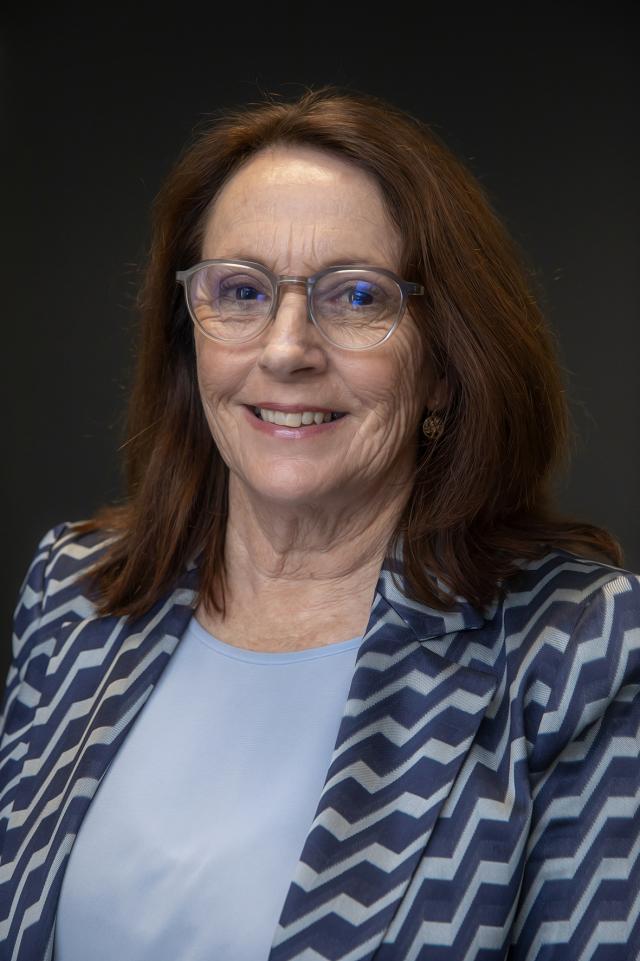The stated intention of Councils throughout the country to provide the best possible customer service is, on the face of it, unchallengeable. The need to formalise and develop such a culture is behind the drive for Customer Service Charters promoted by the Victorian Office of Local Government (VOLG). However, Bill Forrest Director City Development at Moonee Valley City Council is concerned that the implementation of Customer Service Charters needs further consideration of two important issues.
He argues that, in the areas of amenity, public health and safety, the questions of what constitutes the service and exactly who are the customers have not been fully examined. In the instance of the model charter VOLG has produced for Statutory Town Planning, Bill points out that transactions may not be so simple as a Council/applicant split but frequently involve third parties upon whom any decisions made could have a significant impact.
Using this Model, he argues that Councils must ensure a high quality of amenity in taking account of their responsibilities under the Planning and Environment Act as well as through the Local Planning Scheme. This involves securing a pleasant and safe working environment, protecting public utilities and other assets which provide facilities for the whole community, as well as balancing the interests of present and future generations with landowners and applicants.
“To look at the issue more narrowly, by recognising only Council and the applicant, is not allowing for the complexity of many service transactions,” he said.
In defining the ‘customer’, Bill said that, to narrowly define the customer in Statutory Town Planning as being the applicant and produce documentation that only talks of a relationship between Council and the applicant without any reference to any third parties, particularly residents, is a false conceptualisation of customer service. These problems, he believes, are inherent in the model the Office of Local Government has produced.
“A more appropriate conceptualisation of customer service in these areas is, one of a service partnership,” Bill Forrest said. “To take the example of a unit development, the Council and applicant are seeking a development of a desired level of amenity for both the people living in the development as well as the community generally. The same principle applies in food safety and building control.”
Finally, what constitutes good customer service relationships and what is a good performance measure of such a relationship?
Such standard measures as timeliness do not necessarily impress Bill Forrest who argues that being processed quickly might only indicate poor consultation processes. Rather, he believes, the percentage of Council decisions that are appealed might be a better indicator of fair and proper consultation and communication processes.
By the same token, judging performance on the basis of individual needs might allow easy ‘measurability’ but does not reflect the capacity for conflict of interest or general amenity to be poorly managed.
“To truly implement best practice customer service, these issues, must be discussed and debated at greater length in the Local Government arena,” Bill Forrest concluded.
For further information contact Bill Forrest, telephone (03) 9243 8778.







